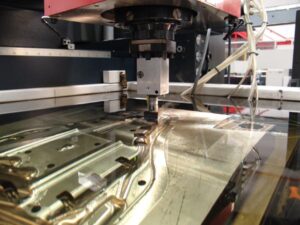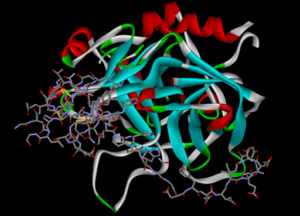 Now it is highly important for the industrial sphere to have the ability of overhead transmission systems monitoring technology with the aim of potential error identification that can touch vital components. The main reason for severe mechanical errors is different in extreme situations. Consequently, the monitoring system of excessive mechanical and environmental loadings is the only significant solution to find and prevent potential risks.
Now it is highly important for the industrial sphere to have the ability of overhead transmission systems monitoring technology with the aim of potential error identification that can touch vital components. The main reason for severe mechanical errors is different in extreme situations. Consequently, the monitoring system of excessive mechanical and environmental loadings is the only significant solution to find and prevent potential risks.
The fact is that there are numerous factors that can occur in overhead transmission systems and cause different loadings. For example, the loading conditions include:
- excessive bending;
- aeolian vibrations;
- galloping;
- ice loading and shedding;
- the impact from falling objects;
- hot spots;
- aging;
- galvanic corrosion, and others.
Herewith, these factors could severely damage the structural integrity of the conductors but for fiber Bragg gratings sensors for transmission monitoring.
Thus, a novel composite based overhead transmission lines were designed in response to the world’s increasing level of electrical consumption. Moreover, these FBG conductors are able to maintain severe environmental conditions, and they are considered to have a high period of service that can last for many decades.
It should be mentioned that previous monitoring systems of transmission lines were very difficult or even sometimes impossible process. Nowadays modern monitoring technology allows reducing costs on maintenance and inspection, and it is also able to make life predictions of the transmission systems.
This monitoring system uses optical sensing technology in high voltage environments whose main benefit is the immunity to electromagnetic interference and low signal weakening that make the system ideal for power transmission structures.
Also, FBG sensors include conventional single-mode optical fiber that enables to measure temperature and strain of live lines in-service. Herewith, the process of monitoring can be made from miles away without conductive materials. The data obtained by strain signals processing from static and dynamic loads can be used for the detection of conditions that can affect the conductors.
The application of FBG monitoring technology also includes the assessment of the structural system health as well as the identification of the impact location relative to the position of FBG sensors along the conductor. Finally, the development of an FBG monitoring system will provide better control and maintenance procedures for the conductors of different types.
Optromix is a fiber Bragg grating (FBG) products manufacturer that offers FBG sensors, FBG interrogators and multiplexers, DAS systems, DTS systems. Optromix creates and supplies a broad variety of fiber optic solutions for monitoring worldwide. If you have questions or would like to buy FBG products, please contact us at info@optromix.com


 EDM or electrical discharge (spark) machining is the most advanced of metalworking technologies. EDM is worldwide used because of its high accuracy and machining applications where traditional metal removal is highly difficult or even impossible.
EDM or electrical discharge (spark) machining is the most advanced of metalworking technologies. EDM is worldwide used because of its high accuracy and machining applications where traditional metal removal is highly difficult or even impossible. Thrombin plays a very important role in normal and pathological blood coagulation because its high level is an indication of tumor cell presence. Also, the level of thrombin is growing while atherosclerosis, thromboembolic disease, cancer, and inflammatory disease. Thus, its clinical importance provokes the development of devices for fast and precise thrombin detection and most of them are based on aptamers.
Thrombin plays a very important role in normal and pathological blood coagulation because its high level is an indication of tumor cell presence. Also, the level of thrombin is growing while atherosclerosis, thromboembolic disease, cancer, and inflammatory disease. Thus, its clinical importance provokes the development of devices for fast and precise thrombin detection and most of them are based on aptamers. Today environmental change provokes the appearance of new diseases and, finally, human health care requirements continue increasing for several decades. Moreover, it is necessary to have new advanced tools for the disease diagnosis at early stages, for monitoring and treatment of patients. Then unconventional biomedical instrumentation and sensors, including
Today environmental change provokes the appearance of new diseases and, finally, human health care requirements continue increasing for several decades. Moreover, it is necessary to have new advanced tools for the disease diagnosis at early stages, for monitoring and treatment of patients. Then unconventional biomedical instrumentation and sensors, including 



